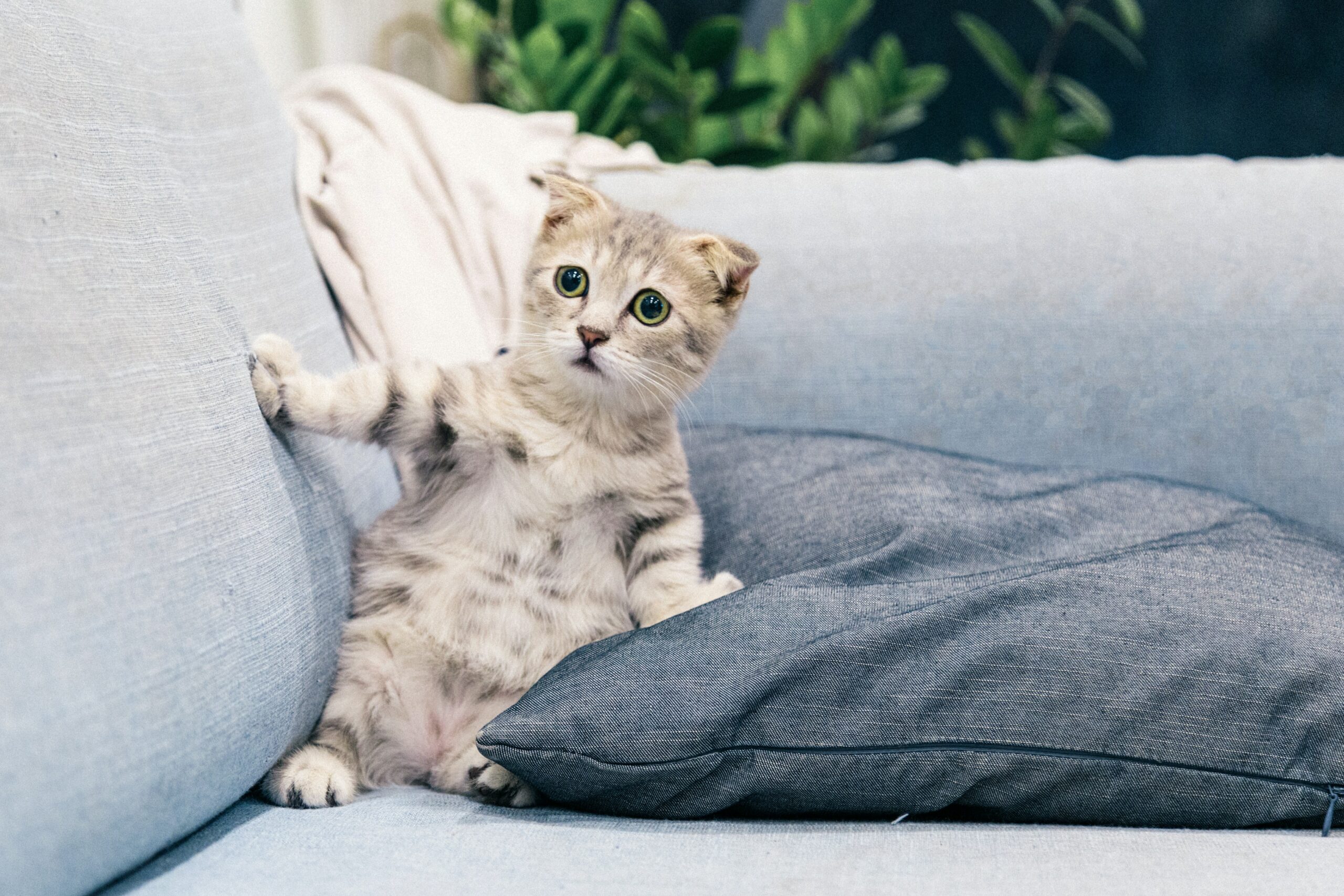

Articles
How To Keep Cat Off Furniture
Modified: January 9, 2024
Looking for effective ways to keep your cat off the furniture? Discover expert tips and tricks to protect your beloved [FURNITURE] from your curious feline companion.
(Many of the links in this article redirect to a specific reviewed product. Your purchase of these products through affiliate links helps to generate commission for Storables.com, at no extra cost. Learn more)
Introduction
Welcome to our comprehensive guide on how to keep cats off furniture! If you’re a cat owner, you’ve likely experienced the frustration of finding your furry friend lounging on your favorite couch or leaving unsightly claw marks on your expensive upholstery. However, it’s important to remember that cats are naturally drawn to furniture for various reasons, including comfort, territorial marking, and instinctual scratching behavior.
In this article, we will delve into the reasons behind a cat’s attraction to furniture and provide effective strategies to redirect their behavior. By understanding the underlying motivations and implementing appropriate deterrents and training techniques, you can strike a balance between allowing your cat to express its natural instincts while keeping your furniture safe and scratch-free.
It’s important to note that while the methods discussed here are effective, they require consistency, patience, and positive reinforcement. Cats can be stubborn creatures, but with time and effort, you can successfully establish boundaries and provide alternative outlets for their natural behaviors.
So, if you’re ready to transform your home into a cat-friendly environment and maintain the harmony between your beloved pet and your furniture, let’s explore the world of feline behavior and the strategies to keep your cat off the furniture!
Key Takeaways:
- Create a cat-friendly environment by providing comfortable resting areas, cat trees, and interactive toys to redirect your cat’s behavior away from furniture and towards designated spaces.
- Use positive reinforcement, deterrents, and proper scratching posts to train your cat, maintain a harmonious relationship, and protect your furniture from scratching and lounging.
Read more: How To Keep Cats Off Of Outdoor Furniture
Understanding Why Cats are Drawn to Furniture
Before we can effectively address the issue of cats being drawn to furniture, it’s essential to understand their natural instincts and behaviors. Here are some reasons why your cat may find your furniture irresistibly appealing:
- Comfort: Cats are known for seeking out warm, soft, and cozy spaces for relaxation. Your furniture, with its cushions and fabric, provides the perfect spot for them to curl up and nap.
- Territory: Cats are territorial creatures, and furniture, particularly larger pieces like sofas and beds, can provide them with a sense of ownership and security. By claiming the furniture as their own, they mark it with their scent, leaving their familiar smell behind.
- Scratching Instincts: Scratching is a natural behavior for cats. Not only does it help them keep their claws sharp and healthy, but it also allows them to mark their territory visually. Unfortunately, furniture can become the unfortunate victim of these scratching urges.
- Height Advantage: Cats are often drawn to furniture that provides them with a strategic vantage point. Sofas, armchairs, and shelves give them an elevated position from which they can observe their surroundings and feel more in control of their environment.
Now that we have a better understanding of why cats are drawn to furniture, we can focus on redirecting their behavior towards more appropriate alternatives. It’s crucial to provide them with alternative spaces and objects that are designed to meet their needs without damaging your furniture. In the following sections, we will discuss effective strategies to create cat-friendly alternatives and deter your furry friend from using your furniture as their personal playground.
Creating Cat-Friendly Alternatives
In order to redirect your cat’s behavior away from your furniture, it is essential to provide them with appealing alternatives that meet their needs. By creating a cat-friendly environment, you can encourage your furry friend to engage in activities that are more suitable and enjoyable for both of you. Here are some strategies to consider:
- Provide Comfortable Resting Areas: One of the main reasons cats are drawn to furniture is for its comfort. By providing cozy and inviting resting areas specifically for your cat, you can entice them away from your couch. Consider getting a cat bed or a soft blanket placed in a sunny spot or near a window, as cats love to sunbathe.
- Introduce Cat Trees and Perches: Cats have a natural inclination to be in higher positions, allowing them to observe their surroundings. Investing in a cat tree or installing shelves at different heights can provide them with alternative elevated vantage points. These structures not only cater to their territorial instincts but also give them a satisfying place to stretch and sharpen their claws.
- Interactive Toys and Playtime: Engaging your cat in playtime not only provides mental and physical stimulation but also helps redirect their attention away from furniture. Interactive toys, such as puzzle feeders or wand toys, can keep them entertained and satisfied. Set aside regular play sessions with your cat to ensure they are getting enough exercise and mental stimulation.
- Scratching Posts and Boards: To address the natural scratching behavior of cats, it is crucial to provide appropriate scratching surfaces. Invest in sturdy scratching posts, cat trees with built-in scratching posts, or even horizontal scratching boards. Place these alternatives near the furniture that your cat tends to scratch, gradually shifting their focus from your upholstery to the designated scratching areas.
- Safe Outdoor Enclosures: If you have access to outdoor space, consider creating a safe and enclosed area where your cat can roam and explore. This can help satisfy their natural instincts and provide them with an alternative environment to explore and enjoy.
By incorporating these cat-friendly alternatives into your home, you can create an environment that meets your cat’s needs while minimizing their desire to use your furniture. Remember, consistency and positive reinforcement are key in encouraging your cat to use these alternatives. In the next section, we will explore effective deterrents to keep cats away from furniture entirely.
Using Deterrents to Keep Cats Away
If your cat continues to be drawn to your furniture despite providing appealing alternatives, it may be necessary to employ deterrents to discourage them from accessing or damaging your prized possessions. Here are some effective deterrents to consider:
- Double-Sided Tape: Cats dislike the sticky texture of double-sided tape, so applying it to the areas of furniture that they tend to scratch or lounge on can make those surfaces less appealing. Over time, your cat will learn to avoid those areas.
- Aluminum Foil or Bubble Wrap: Another texture that cats find unappealing is aluminum foil or bubble wrap. Placing them on furniture surfaces can deter your cat from jumping or scratching as the noise and feel are often unpleasant for them.
- Scents and Repellents: Cats have a strong sense of smell, so using scents that they find unappealing can discourage them from going near furniture. Try using citrus peels, essential oils (such as lemon or eucalyptus), or commercially available cat repellents that are formulated with natural deterrents.
- Motion-Activated Devices: Motion-activated deterrent devices can be effective in keeping cats away from furniture. These devices emit a sound or spritz water whenever motion is detected, creating an unpleasant experience for your cat and prompting them to avoid the area.
- Barrier Methods: If certain areas of your furniture are particularly vulnerable to scratching or lounging, consider using physical barriers like plastic or mesh covers. These barriers make it difficult or uncomfortable for cats to access or damage the furniture.
Remember, while deterrents can be effective in redirecting your cat’s behavior, it’s important to provide appropriate alternatives and positive reinforcement. Pairing the use of deterrents with rewards and praise when your cat uses their designated scratching posts or resting areas will help reinforce the desired behavior over time.
It’s also worth noting that deterrents should not cause harm or distress to your cat. Always ensure that the methods you choose are safe and humane. If you’re unsure about a particular deterrent, consult with your veterinarian for guidance.
In the next section, we’ll explore training techniques to prevent furniture scratching and encourage positive behavior in your cat.
Place double-sided tape or aluminum foil on the furniture to deter your cat from jumping on it. Cats dislike the sticky feeling and the sound of foil.
Training Techniques to Prevent Furniture Scratching
Preventing furniture scratching requires a combination of training techniques and positive reinforcement. By redirecting your cat’s scratching behavior to appropriate surfaces, you can protect your furniture while ensuring your cat’s needs are met. Here are some effective training techniques to consider:
- Provide Scratching Alternatives: As mentioned earlier, it’s crucial to provide your cat with appropriate scratching surfaces, such as scratching posts or boards. Place these alternatives near the furniture they tend to scratch, making them easily accessible and appealing. Encourage your cat to use these surfaces by rubbing catnip or using toys to attract their attention.
- Use Positive Reinforcement: Positive reinforcement is a powerful tool in training your cat. Whenever you catch your cat using their designated scratching surface, reward them with praise, treats, or playtime. This positive association will help reinforce their desired behavior and make them more likely to continue using the scratching posts.
- Discourage Unwanted Behavior: If you catch your cat scratching the furniture, don’t yell or punish them. Instead, interrupt the behavior by making a loud noise or clapping your hands. Then, redirect their attention to a scratching post and reward them when they use it. Consistency is key in reinforcing the message that scratching furniture is undesirable while offering an alternative.
- Trim Your Cat’s Nails: Regular nail trims can help reduce the damage caused by scratching. Trim your cat’s nails every few weeks to keep them blunt and less destructive. Be sure to use proper nail clippers designed for cats and be cautious not to cut too close to the quick, which can cause pain and bleeding.
- Protect Furniture with Covers: While training your cat, consider using protective covers or throws on your furniture. This temporary solution can help prevent damage while you work on redirecting their scratching behavior. Gradually remove the covers once your cat consistently uses the appropriate scratching surfaces.
Remember, training your cat requires patience and consistency. It’s important to start implementing these techniques as early as possible and reinforce positive behaviors consistently over time. By providing appropriate alternatives and using positive reinforcement, you can help your cat develop healthy scratching habits.
In the next section, we will discuss the importance of providing proper scratching posts and how to choose the right one for your cat.
Read more: How To Keep Cats Off Your Porch Furniture
Providing Proper Scratching Posts
Choosing the right scratching post for your cat is crucial in redirecting their scratching behavior away from your furniture. A proper scratching post offers an enticing and satisfying surface for your cat to scratch and helps protect your furniture. Here are some guidelines to consider when selecting a scratching post:
- Size and Stability: Choose a scratching post that is tall enough for your cat to fully stretch and sturdy enough to handle their scratching intensity. A wobbly or unstable post may discourage your cat from using it.
- Material: Opt for a scratching post made of sisal rope, sisal fabric, or cardboard. These materials provide a satisfying texture that cats enjoy scratching. Avoid posts covered in carpet, as it can confuse your cat and encourage scratching on other carpeted surfaces in your home.
- Vertical and Horizontal Options: Cats have individual preferences for scratching positions. Some prefer vertical scratching, while others enjoy horizontal surfaces. Providing a variety of scratching options, such as posts, boards, or pads in different orientations, can cater to your cat’s preferences and increase the likelihood of them using them.
- Placement: Position the scratching post near the furniture or areas your cat tends to scratch. This helps redirect their attention and provides a convenient alternative. Additionally, placing the post in a prominent location, such as near a window or high-traffic area, can make it more appealing to your cat.
- Encourage Interest: To encourage your cat’s interest in the scratching post, use toys, catnip, or treats to attract them to the post. You can also gently guide their paws on the post to demonstrate the scratching action.
It’s important to note that some cats may have individual preferences when it comes to scratching posts. If you find that your cat isn’t using a particular post, try experimenting with different textures, heights, or locations until you find the right fit.
It’s also recommended to have multiple scratching posts throughout your home, especially in rooms where your cat spends the most time or where furniture is vulnerable to scratching. Providing convenient and appealing alternatives increases the chances of your cat choosing these posts over your furniture.
In the final section, we’ll discuss the importance of rewarding and reinforcing good behavior to maintain a harmonious relationship with your cat.
Rewarding and Reinforcing Good Behavior
Positive reinforcement plays a critical role in training your cat and maintaining good behavior. By rewarding and reinforcing desirable actions, you can encourage your cat to continue using their scratching posts and other cat-friendly alternatives. Here are some strategies to reward and reinforce good behavior:
- Praise and Affection: When you catch your cat using their scratching post or engaging in desired behavior, give them verbal praise, petting, and affection. Show them that their actions are appreciated and valued.
- Treats: Use treats specifically reserved for rewarding good behavior. Whenever your cat successfully uses their scratching post, offer them a small treat as a reward. This positive association will reinforce their use of the post.
- Playtime: Engage your cat in interactive play sessions using toys they enjoy. Not only will this provide mental and physical stimulation, but it will also redirect their energy away from furniture and reinforce the idea of using appropriate alternatives.
- Consistency: Consistency is key when it comes to rewarding and reinforcing good behavior. Make sure to consistently reward your cat for using their scratching post and other cat-friendly alternatives. This will help them understand what is expected of them and increase the likelihood of repeated desirable behavior.
It’s important to note that punishment or negative reinforcement should be avoided. Scolding, yelling, or physical punishment can create fear and anxiety in your cat, damaging the trust and bond you have with them. Instead, focus on positive reinforcement to encourage the behavior you desire.
Be patient with your cat, as it may take time for them to fully understand and consistently use their scratching posts. Remember to maintain a calm and positive attitude throughout the training process.
In addition to rewarding good behavior, it’s important to continue providing a cat-friendly environment with appropriate alternatives and deterrents to prevent any relapse in behavior. Regularly observe your cat’s behavior to identify any potential issues or areas where additional training or adjustments may be needed.
By consistently rewarding and reinforcing good behavior, you can help your cat develop positive habits that will keep them away from your furniture and contribute to a harmonious living environment for both of you.
Now armed with these strategies, you are well-equipped to tackle the challenge of keeping your cat off furniture while ensuring their needs are met. By understanding their instincts, providing appealing alternatives, implementing deterrents when needed, and using positive reinforcement, you can create a cat-friendly home where both you and your feline companion can coexist happily.
We hope this comprehensive guide has provided you with valuable insights and actionable techniques to maintain the harmony between your cat and your furniture. So go ahead and transform your home into a haven for your cat, knowing that you have the tools and knowledge to keep them off your beloved furniture.
Conclusion
Cats are naturally drawn to furniture for various reasons, including comfort, territory marking, and instinctual scratching behavior. However, with the right understanding, strategies, and training techniques, you can successfully redirect their behavior and keep them off your furniture.
Creating cat-friendly alternatives is key in providing your cat with appealing options that meet their needs. By providing comfortable resting areas, introducing cat trees and perches, and engaging them with interactive toys and playtime, you can encourage your cat to use designated spaces instead of your furniture.
Using deterrents can also be effective in keeping cats away from furniture. Double-sided tape, aluminum foil, scents, and motion-activated devices are just a few examples of deterrents that can discourage your cat from accessing or damaging your furniture.
Training techniques such as positive reinforcement, discouraging unwanted behavior, and regular nail trims can help redirect your cat’s scratching tendencies and encourage them to use appropriate scratching posts. Providing proper scratching posts in terms of size, stability, and material, and placing them strategically can also play an important role in preventing furniture scratching.
Rewarding and reinforcing good behavior is crucial in maintaining a harmonious relationship with your cat. By offering praise, affection, treats, and playtime when your cat uses their scratching post or engages in desired behavior, you can encourage them to continue using alternative surfaces and discourage unwanted scratching.
Remember, consistency and patience are vital throughout the training and reinforcement process. It may take time for your cat to fully adapt and consistently use their designated spaces, but with effort and positive reinforcement, you can effectively keep your cat off furniture while ensuring their needs are met.
By implementing these strategies and techniques, you can transform your home into a cat-friendly environment where your cat can thrive, and your furniture remains protected. With proper understanding, patience, and consistent training, you can achieve a happy coexistence with your feline friend.
So go ahead and create a space where your cat can be comfortable, happy, and engaged, all while preserving the beauty and integrity of your furniture.
Frequently Asked Questions about How To Keep Cat Off Furniture
Was this page helpful?
At Storables.com, we guarantee accurate and reliable information. Our content, validated by Expert Board Contributors, is crafted following stringent Editorial Policies. We're committed to providing you with well-researched, expert-backed insights for all your informational needs.
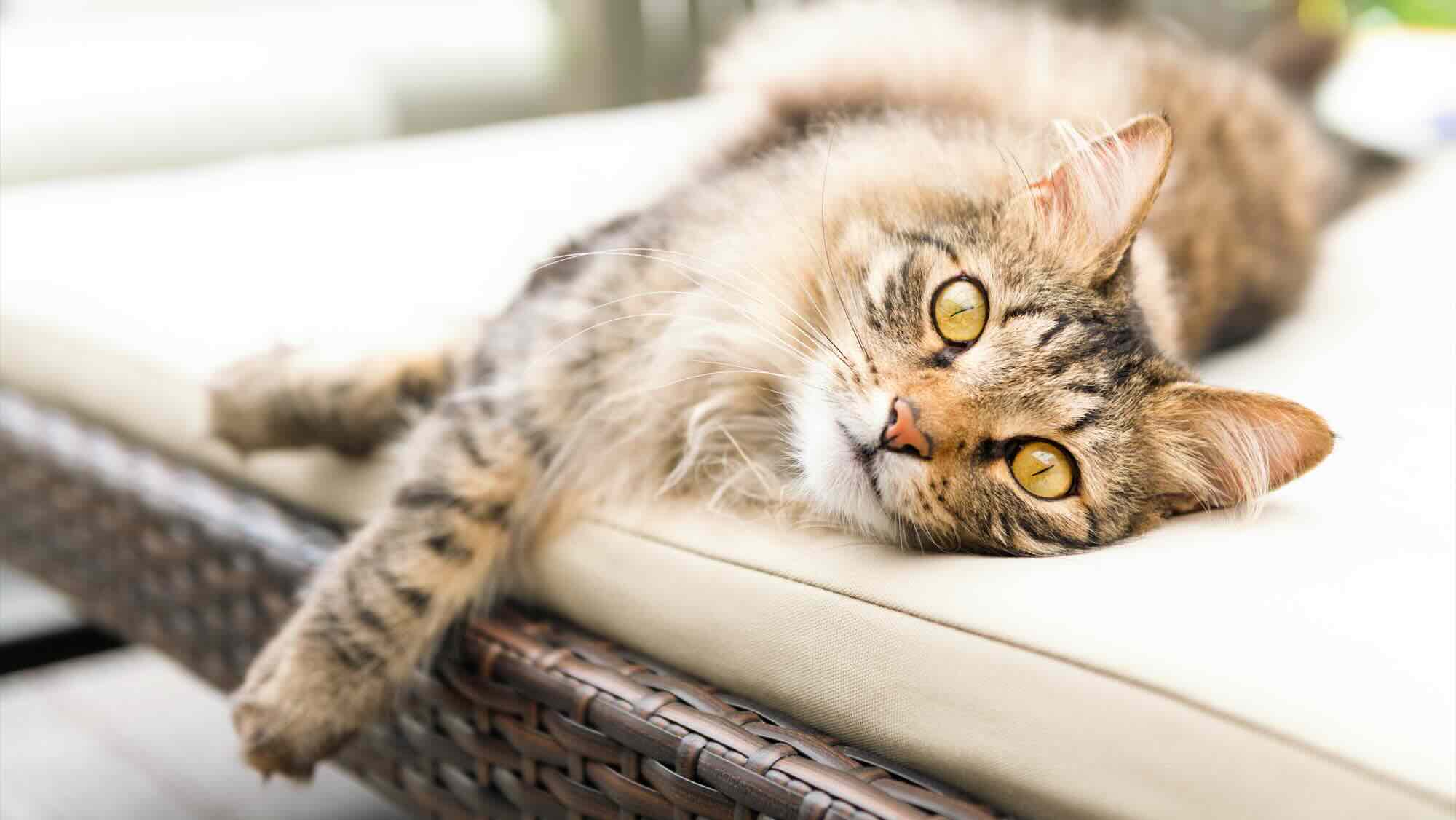
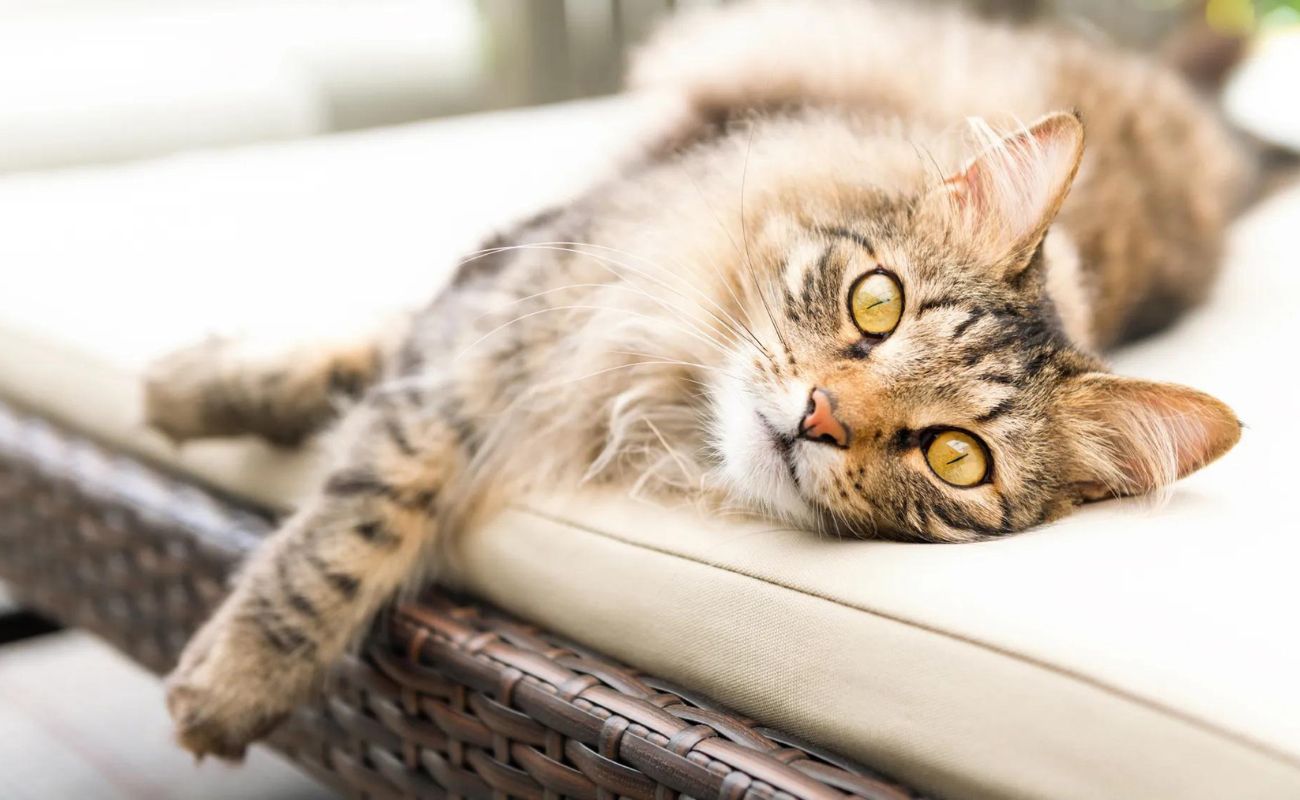

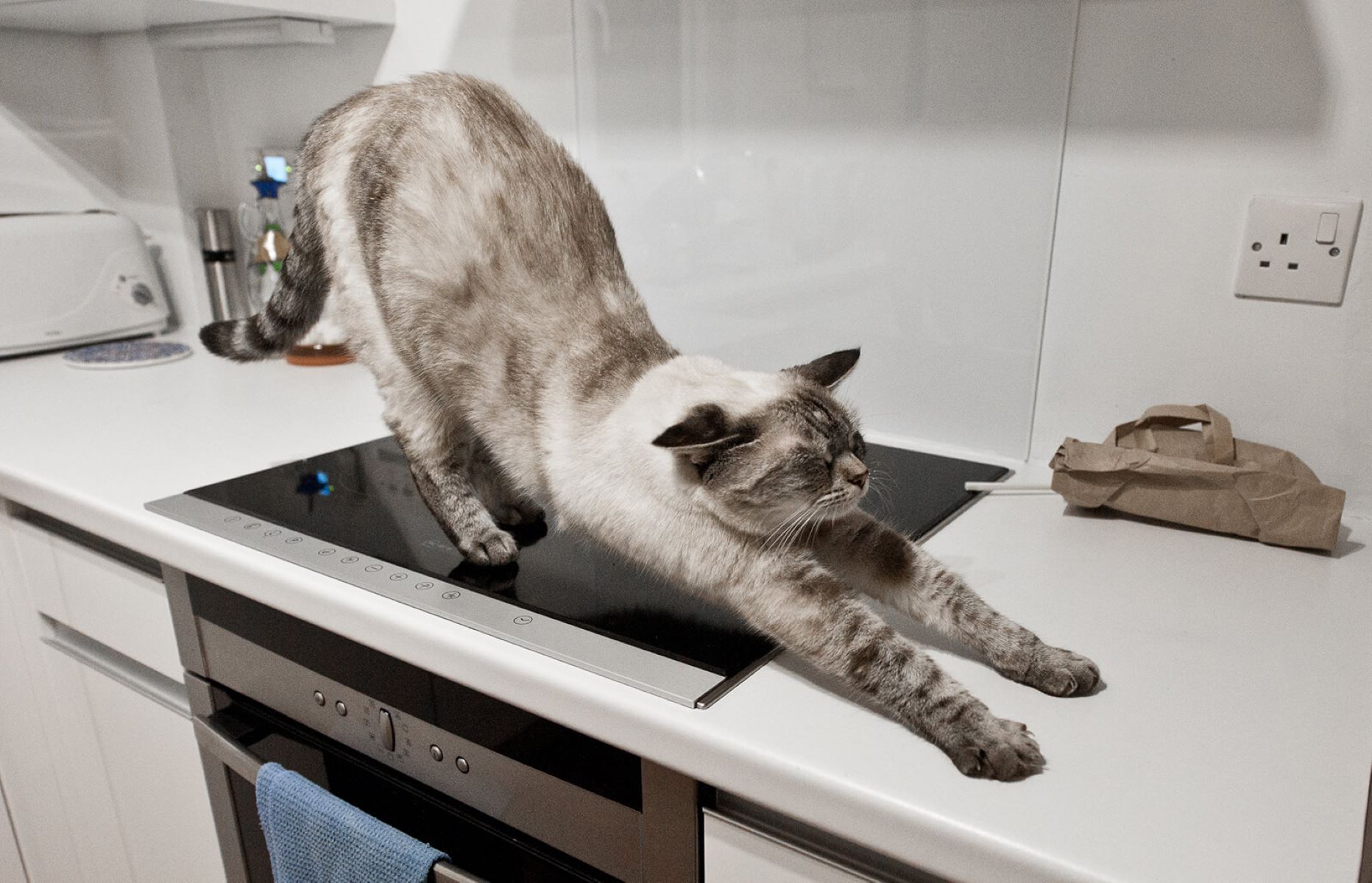
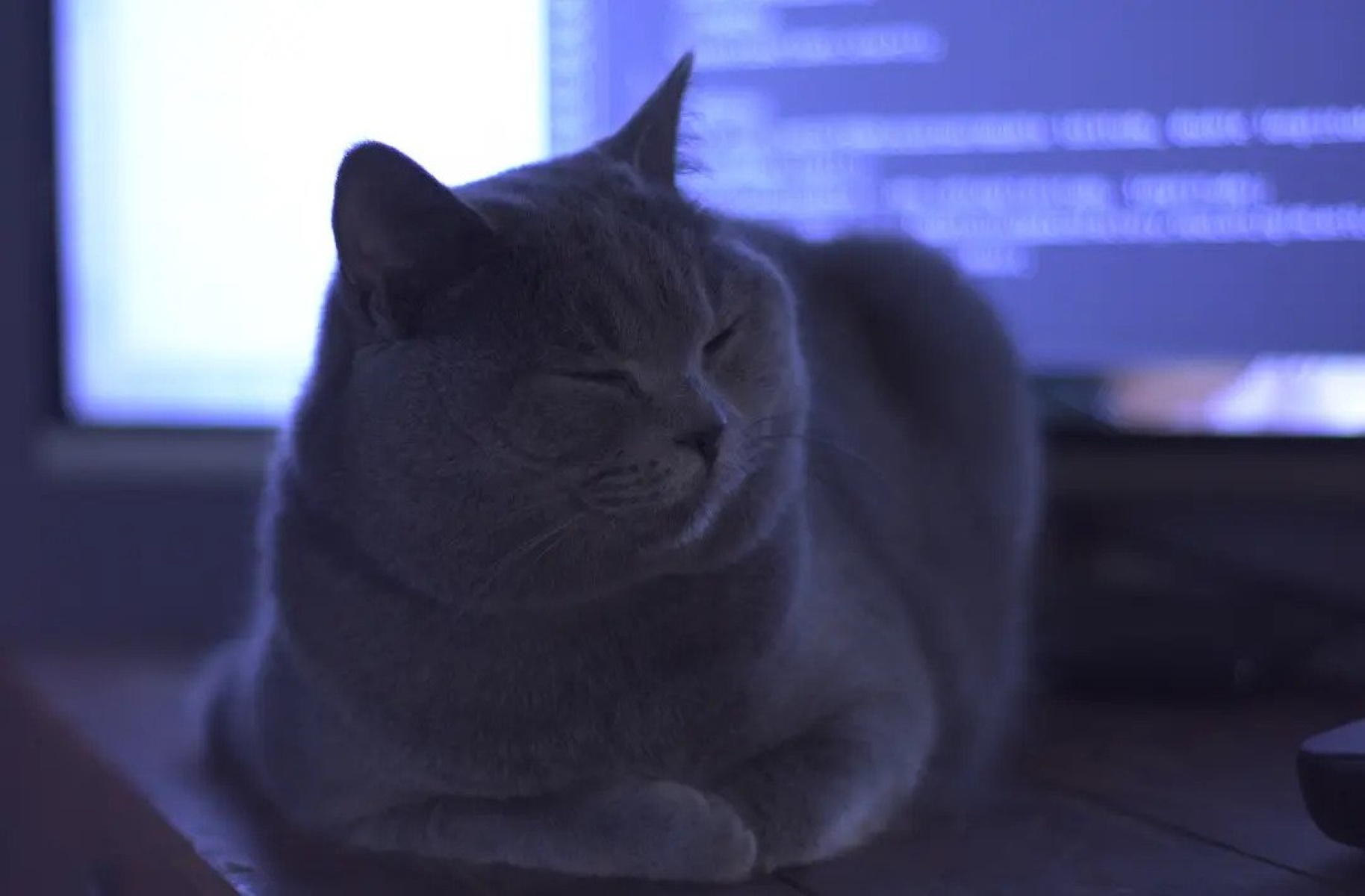
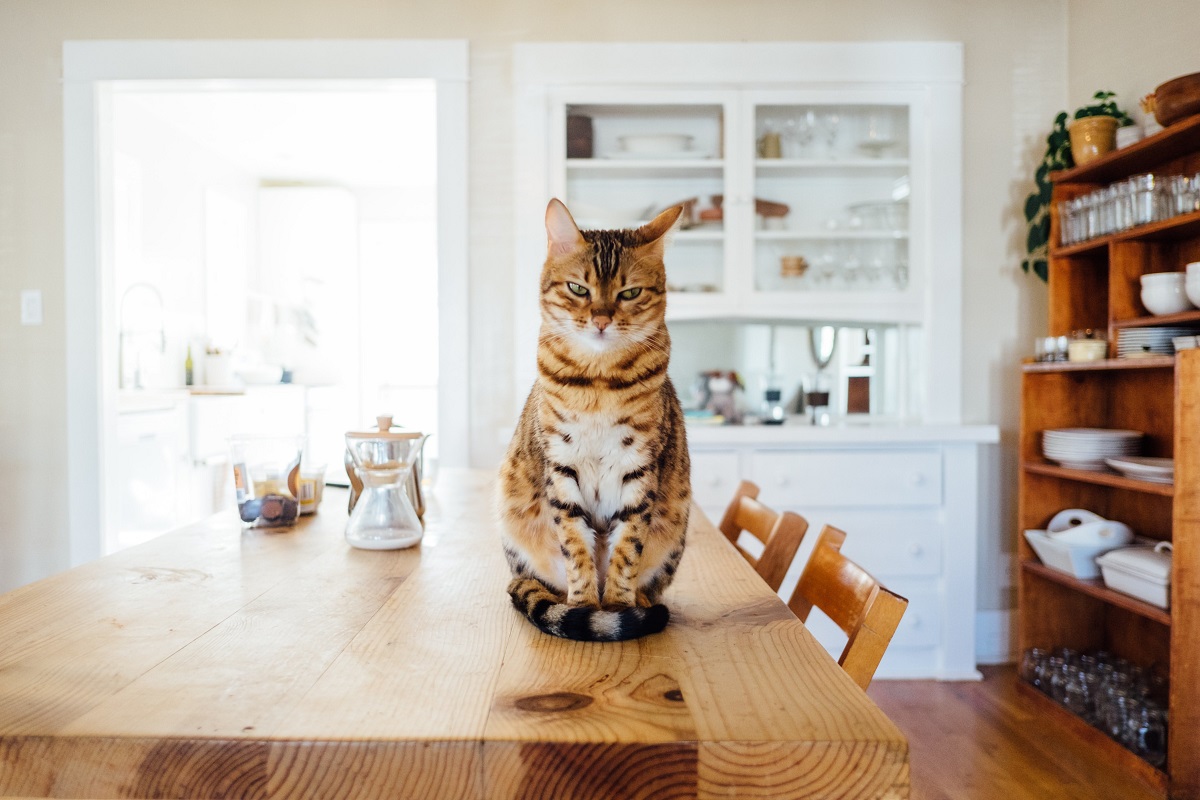

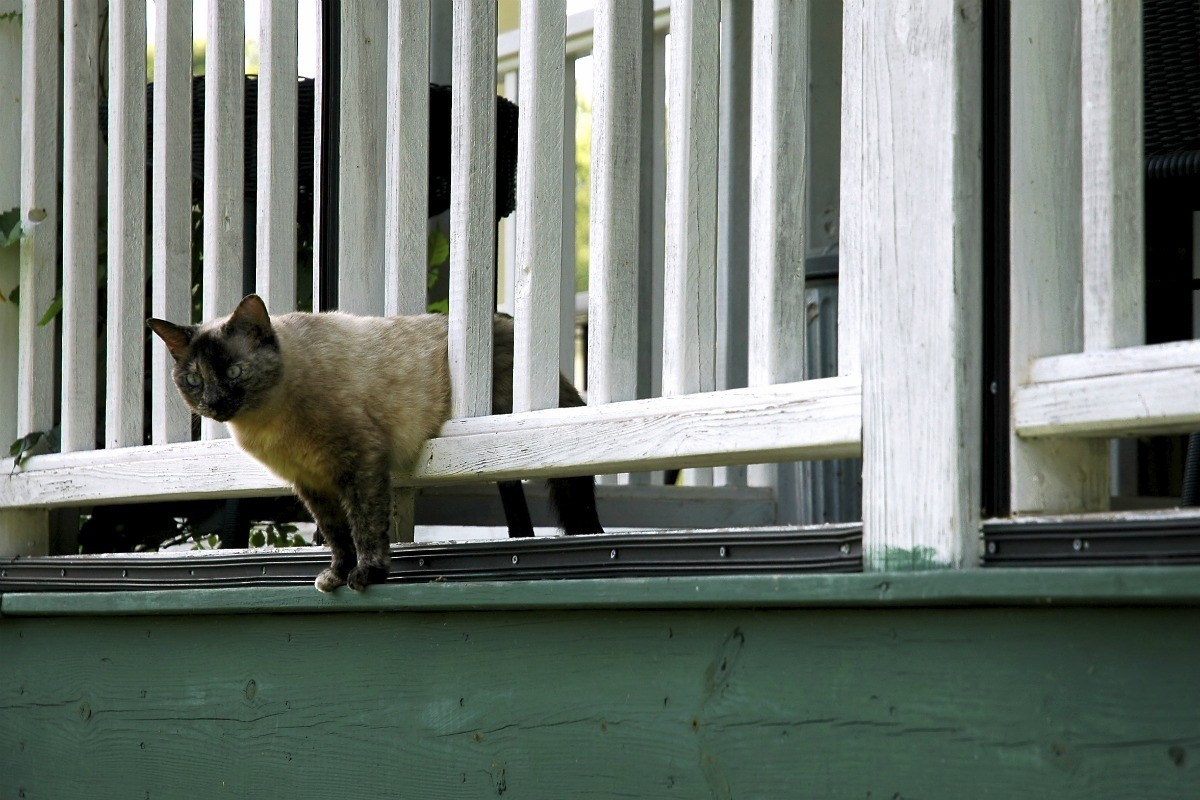
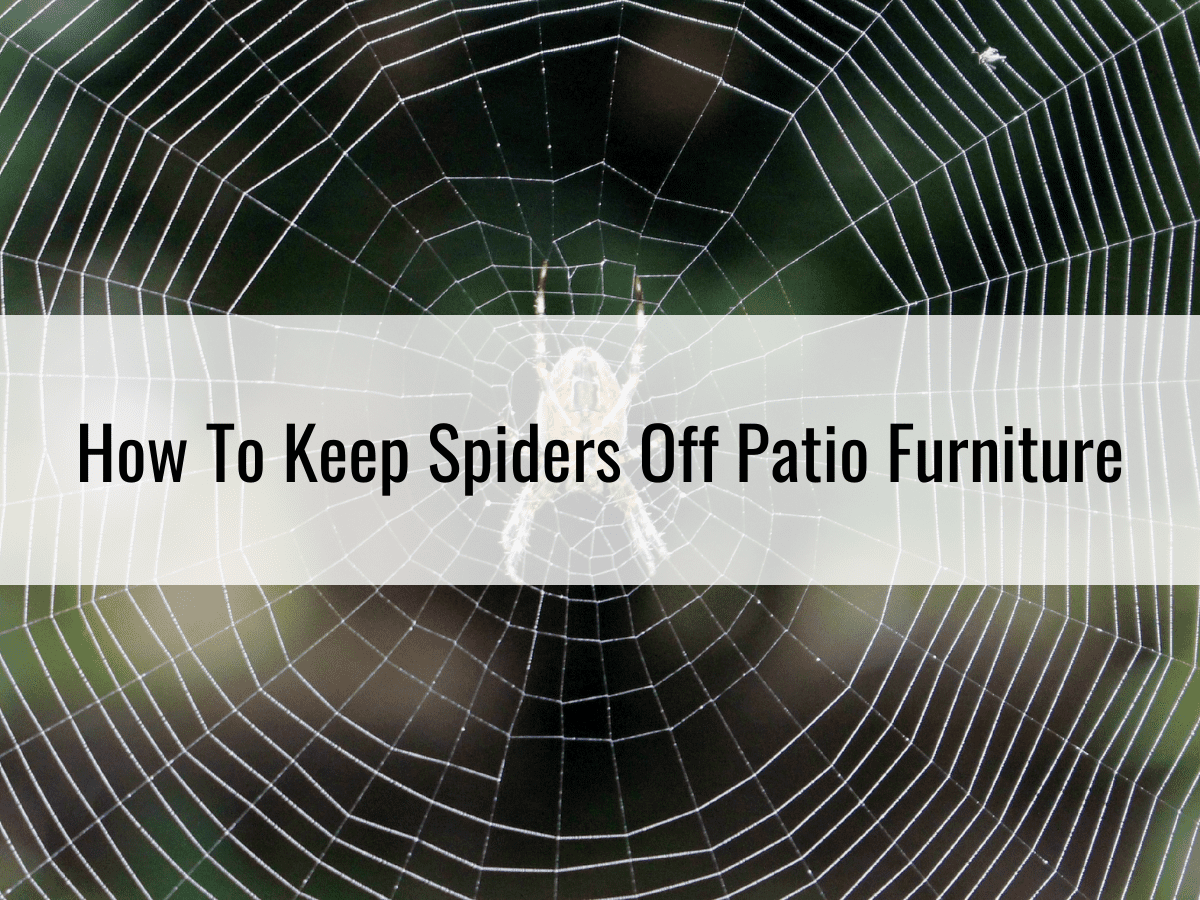

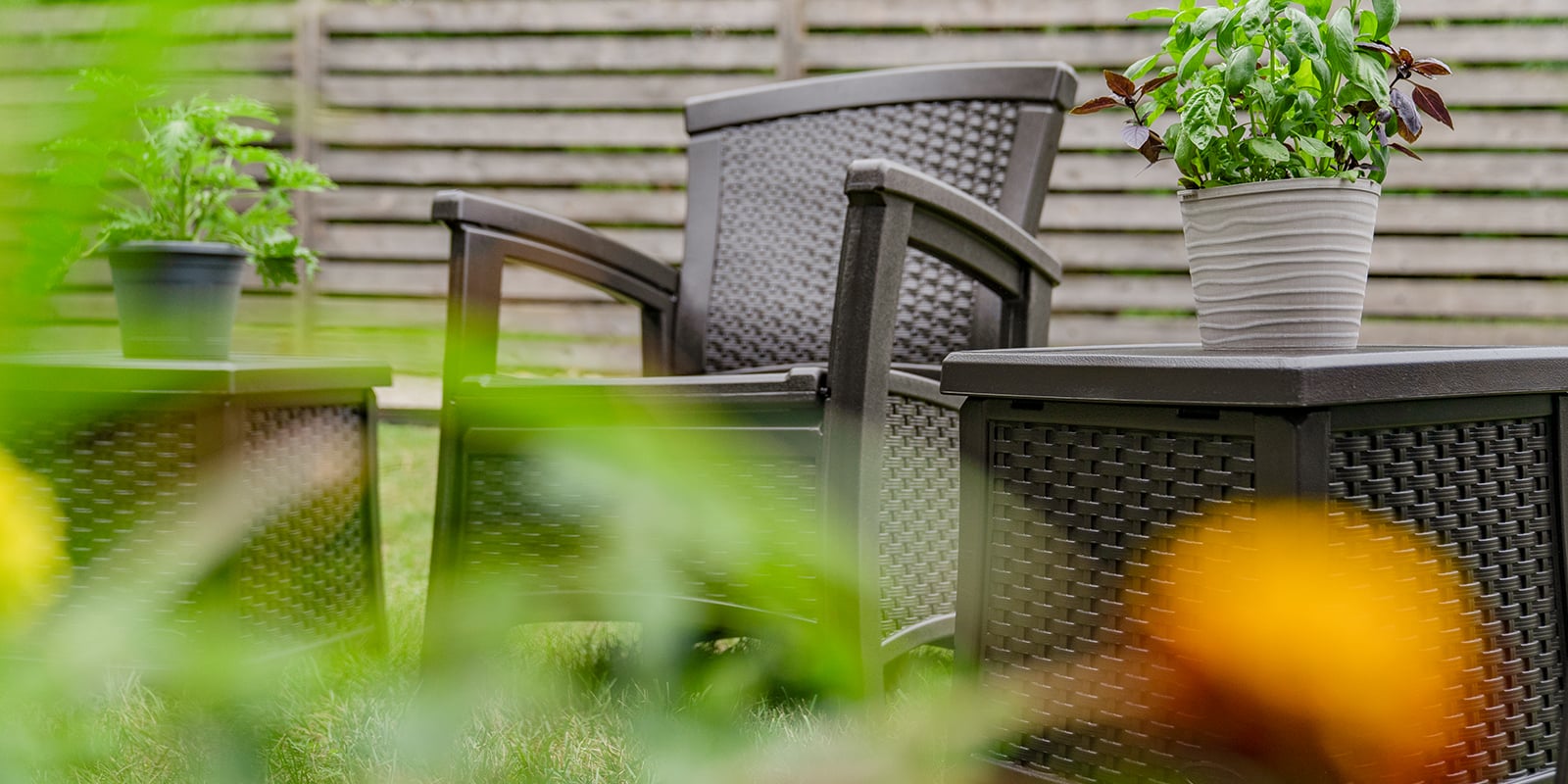
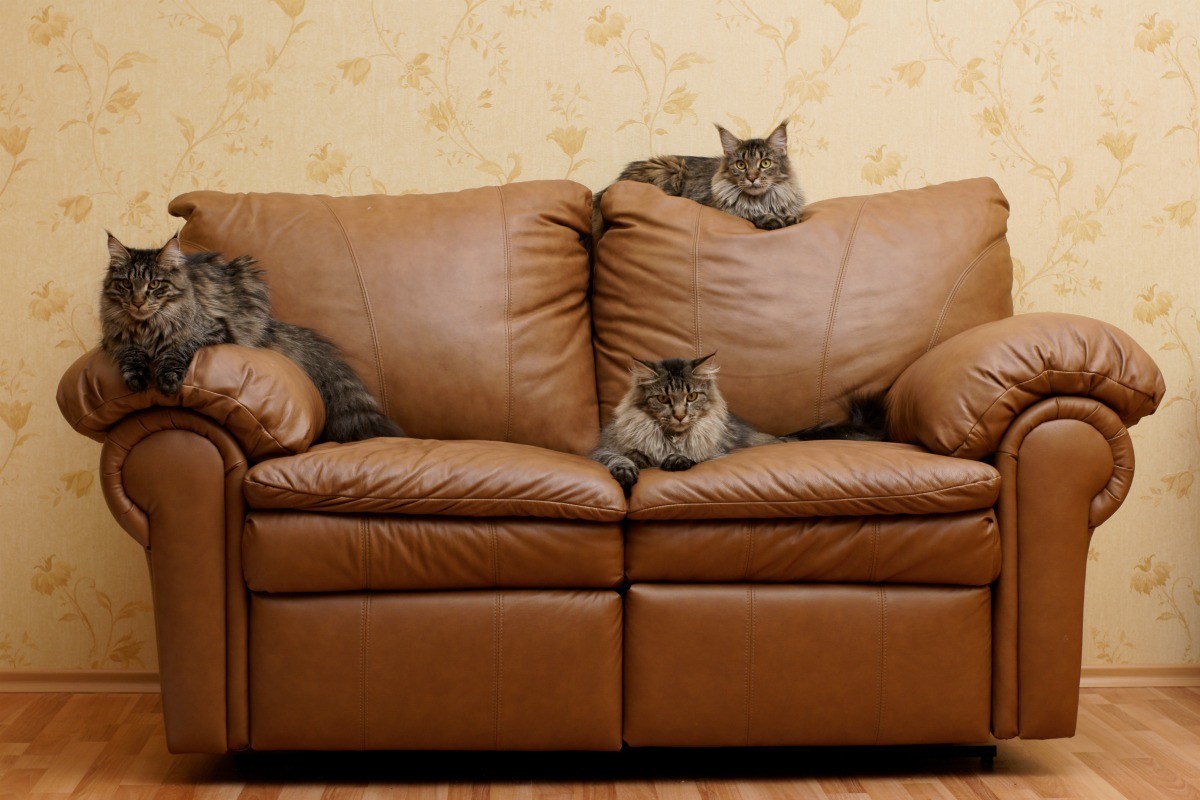



0 thoughts on “How To Keep Cat Off Furniture”